A Practical Guide to a Magical Consciousness Part 3 – Four Weapons
In the first two parts of our guide to cultivating a guide to a magical consciousness, we covered some basic theory and practice, and we also covered drugs – an often misunderstood, powerful tool used by the magical mind. Today, we take a look at another powerful tool, one that even the magically uninitiated should at least be partly familiar with – divination. After that, we’ll have a look at the four weapons used in a magical career.
Part 3: Divination and the Four Weapons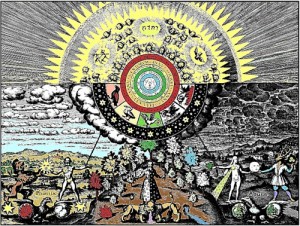
Stars, Cards, Rocks, and Ancient Chinese Secrets
Divination is one of the easiest ways to gain entry into the magic realm. Whether one is utilizing astrology, geomancy, the I Ching, or Tarot there is a wealth of material found in the method, primarily because they help the would be soothsayer explore the contents of their own mind. There are other avenues through which to practice divination other than the four I’ve listed above but I’m unfamiliar with them. Really the only process I know well is tarot… and even then my knowledge is based on a strictly qabalistic interpretation of the cards. That said, it’s not a difficult task to explain the principles of fortunetelling and the methods are similar in their endeavors if not so much in their practice.
With astrology I wouldn’t know exactly where to begin a regime of practice. I will say that every magician should possess a working model of the classic solar system and be familiar with the attributes of the planets and signs. These signs pop up too often in classic occult literature for one not to be at least partly knowledgeable of their underlying concepts. Granted, that’s not to say that one should read their horoscope every day, indeed I would advise against anything so pedestrian, but rather find a good book on the subject an glean what one may from the contents. I own Crowley’s General Principles of Astrology which is an edition of the famous astrologer Evangeline Adams texts which our boy ghost-authored for her. I then promptly loaned it out which explains my ignorance. I imagine any old book on the subject would do. With divination one quickly customizes their own efforts so there isn’t as great of a chance to be bamboozled or misled by an author’s bullshit. (I should also note that, if practiced properly, astrology is easily the most austere of the methods and it’s celestial trappings loan this form of augury to great beauty.)
ADVERTISEMENT
I have never practiced geomancy in any form. It relies on similar concepts to astrology and instructions for how to go about practicing it can be found in Israel Regardie’s The Golden Dawn, Crowley’s Liber Gaias (though, according to Regardie this is incomplete), and in Francis King’s Techniques. King makes an interesting statement that geomancy is a good practice for the beginner as it keeps them “grounded.” (Geomancy is, of course, the practice of using the Earth for divination.) Anyways, I think you ask gnomes to help you out and it seems about as complex in practice as astrology so it may be fun. If you’re not interested in King’s book one could look at John Michael Greer’s A Handbook to Geomancy which seems to have garned some positive feedback.
The I Ching or The Book of Changes is an ancient Chinese text that requires the operator to throw yarrow sticks (the more complex method) or coins (the simpler method) to determine which hexagrams, listed in the text, to read and contemplate. There are various commentaries and histories of the I Ching in existence. Steve Moore is a renowned scholar on this method of divination and he has recommended Edward Hacker’s I Ching Handbook and William de Fancourt’s Warp And Weft: In Search Of The I Ching. As far as editions go I would indicate Richard Wilhelm’s translation mostly because it contains an introduction by Carl Jung on the possible mechanics of the I Ching written in his typically ultra-erudite style; if I remember correctly I believe this is the edition Mr. Moore recommends as well. I also believe it is generally considered the best edition; Crowley’s is too mucked up by his “poetic interpretation” and the earlier Legge one has been deemed more-or-less worthless and boring. The I Ching became immensely popular in the West during the Sixties and remains as a point of reverence in the Orient today. In fact, I was first introduced to the idea through Phillip K. Dick’s classic The Man in the High Castle where most of the character’s consult the Oracle and one even uses it to author the titular book. Confucius was known to have said that- given another lifetime, he would devote all of it to studying the Book of Changes. For a good account of the Book of Changes in action see Lon Milo Duquette’s Low Magick where he talks about a high stakes consultation.
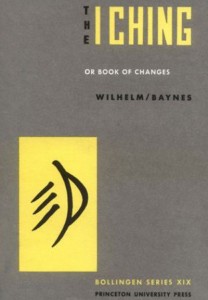 Now let us discuss my favorite, Tarot. Tarot is immensely useful for expanding the mind if practiced regularly and with the right amount of finesse. It is also a very useful party trick and is the only magical practice I have ever used to attract girls. Well, there was that one time I tried to pick up a girl by offering to let her come back to my place and check out this new Selene Pathworking I had but I think the monumental failure of that event excuses the action. Really though, tarot reading has always been an interesting practice in my book, whether I’m using it for amusement or serious consideration… and I’m married now… so much for that.
Now let us discuss my favorite, Tarot. Tarot is immensely useful for expanding the mind if practiced regularly and with the right amount of finesse. It is also a very useful party trick and is the only magical practice I have ever used to attract girls. Well, there was that one time I tried to pick up a girl by offering to let her come back to my place and check out this new Selene Pathworking I had but I think the monumental failure of that event excuses the action. Really though, tarot reading has always been an interesting practice in my book, whether I’m using it for amusement or serious consideration… and I’m married now… so much for that.
There are a multitude of tarot packs out there and I think that most of them are utterly styles and disgusting stupid. I wouldn’t recommend a Vampire or Fairy Tarot to anyone but some folks seem to like them. Oh well. Really the two main ones, other than those based on historical decks, are the Rider-Waite and the Thoth Tarot. Rider-Waite is the standard deck today and usually is the one that one thinks of when imagining a reading. I don’t use it as I find the deck terribly dull and I inherited my predecessor’s disdain for Arthur Waite, the man who advised their construction. The Thoth Tarot, designed by Crowley and painted by Lady Frieda Harris, is easily my favorite deck. It is surpassing gorgeous, even glorious at points, and it seems to anticipate the psychedelic art of the Sixties. The illustrations are chock-full of symbols and it is the deck that is the most in sync with the Qabalah. Considering my admiration for the deck it is predictable that I would vouch for Crowley’s The Thoth Tarot as the best book on the subject. It is also, I must say, a treasure trove of knowledge on many things magical. His example of a spread at the back is painstakingly long and difficult to understand (I recommend looking into The Golden Dawn’s description of the same spread if you choose to try it out) and I wouldn’t think that it is a good way to go about trying to understand the cards for a beginner. That said, if you do follow it, you will become very familiar with the cards in a short amount of time.

I’ve “told fortunes” with normal playing cards (based on the Tarot sans Major Arcana) before with surprising results. Austin Osman Spare recommended making your own cards and the book D.I.Y. Magic mentioned in a previous article tells you how to go about doing precisely that. There’s a lot of wiggle room here… to the oracle’s detriment according to skeptics… keep that in mind.
I’ve heard good things about P. D. Ouspensky’s, the primary interpreter of Gurdjieff, The Symbolism of the Tarot, though I’ve only read excerpts from it myself and Waite does have an analysis of the Major Arcana that can be found online. Papus, the other nineteenth century French magus beside Eliphas Levi, wrote a book titled The Tarot of the Bohemians. It has been underneath my old bed for four years or so I  believe.
believe.
Sorry I can’t help more in this area. Most tarot decks come with instructions within the pack and this is a good way to start understanding the cards. I use a layout based on the Tree of Life which fits my qabalistic interpretations but many people like the basic Celtic Cross spread. There are simpler methods but they seem incredibly terse to the point of being useless to me. Eventually you come to see certain correspondences between different cards and new meanings will develop for you other than the ones contained within. Certain cards will become more significant than others…there are about two cards that my heart always leaps when I see and a handful more that never fail to show up. That’s the great thing about all this; it isn’t a textbook science and is closely related to your own subconscious so you eventually become an expert in a very unique way.
I don’t personally use the cards to tell me what is going to happen tomorrow and I don’t believe that’s their purpose. Usually I ask for advice or about information that is unobtainable otherwise. Perhaps there’s no real magic within the deck and they’re merely imagination stimulants; if so, then they are powerful stimulants.
While we’re on the subject I thought that it might be an opportune time to cover the magical weapons that are found in the four suits of the Minor Arcana of the Tarot. This is one of the most basic pieces of magical theory and practice and essential for any magician who wants to be half-decent to understand. Like yoga, the knowledge of these weapons wouldn’t hurt the layperson either as they each represent virtues that every human being should possess.
The Celestial Intelligencer’s Equipment List
The first of the four is the Coin or Pentacle (or Pantacle according to Crowley as it represents the magician’s universe). The Pentacle represents worldly matters that shouldn’t be neglected. No matter how far into the aethyr one goes there is still a need to maintain a decent level of existence here on Earth. (This pronouncement is obviously not necessarily true for all people… these weapons are to help you be a good and happy magician.) It’s very hard to do magic when one’s ass is out on the streets. I’ve also come to consider the pentacle as something that pertains to worldly emotions and personal affairs, not just matters that concern money and the standard of living. If one’s coins are not in order than you’ll be hunched over on the ground, knowingly or unknowingly, trying to pick them up and unable to concentrate on the task at hand. Make sure you’re in a stable enough environment to help yourself with magic; magic can’t fulfill every need. Get out and have some friends and loves, eat good food, read a good non-magical book, or you’ll feel (and be) empty and obsessed. One last thing: do not use magic to get money you insouciant, lazy fuck. It is not the job of the gods, angels, or demons that you’re calling on to provide your allowance.
The next is the Sword representing matters intellectual. This is a faculty a lot of magicians I have encounter need to work on desperately. Discrimination is my favorite nuance of this particular virtue and the one part that keeps you from buying those Vampire Tarot cards or attempting to do a ceremony based on Lord of the Rings. It’s also the one that makes you realize the difference between simply seeing something because you want to and witnessing a truly magical event. It lets you know when you sound like you’re full of shit as well. Sometimes that can be a pain in the ass and the sword can easily be over used; “slitting our throats with Occam’s Razor” as the magnificent Mister Moore would say. It’s greatest use is perhaps countering the main danger of magic: insanity. It’s a sharp sword that keeps the bugaboos of your mind from driving you into the psych ward. By keeping a mind that can sort through the bullshit, know when to ignore something, and when to cast it from your mind, you’ll keep yourself safe and sure.
The third suit of the Tarot Cups signifies the virtue of compassion. This is another faculty that everybody should be working on. This is the care and quality of agape that keeps one from becoming an egotistical prick. Compassion is the ability to recognize our shared humanity, our shared suffering, and finally the love that each person should feel for human kind. Real magicians cry.
The last weapon is Wands and is easily the capacity that is the most readily misunderstood. The wand represents fiery will… the predestined course of the spirit. The wand can correctly be called the Wand of Intuition despite that quality’s association with feminine and watery virtues because the direction of the wand comes from within. It is associated with the Holy Guardian Angel, or the Daemon, and it as important and powerful as one may suspect.
The weapons are not difficult to grasp, or at least they weren’t for me, but they do take a long time to perfect and know. I don’t believe I’m anywhere close to finishing my work on any of my tools. By focusing on these aspects of self a magician, or, again, anyone, can enrich their life and make themselves a more capable human being. These weapons are certainly your best defense against whatever perils one may face in their magical career. The discipline and critical self-knowledge that each implies is both a prophylactic and, if need be, a remonstrance against your greatest enemy; yourself. Be brave ye magicians and strike out into new worlds.
In our next and concluding article we’ll discuss sigils, practical magic, and the occult community. Bring ibuprofen.
Click here to read Part 4: Sigils
MORE GREAT STORIES FROM WEEK IN WEIRD:


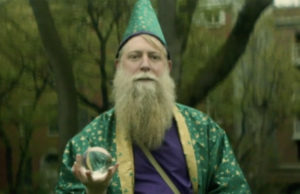
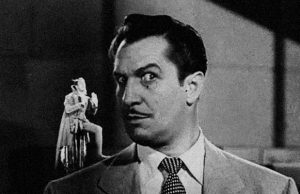
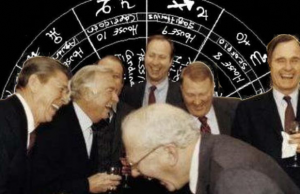
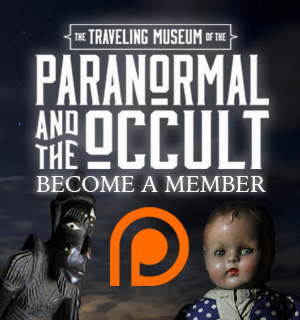
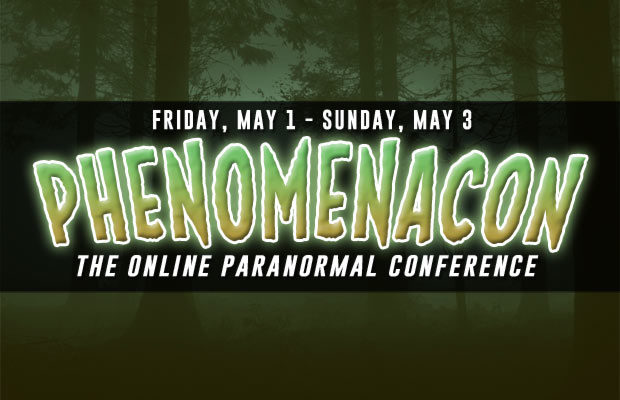
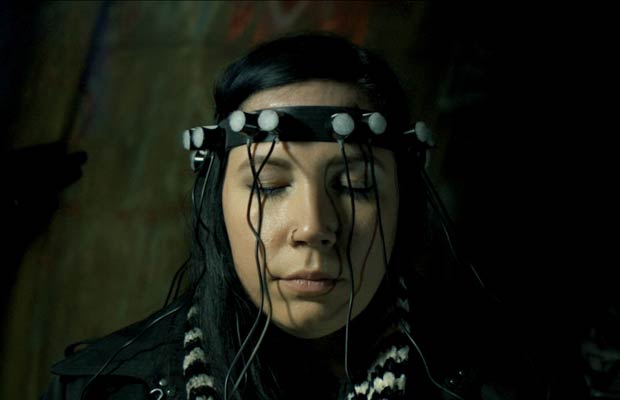

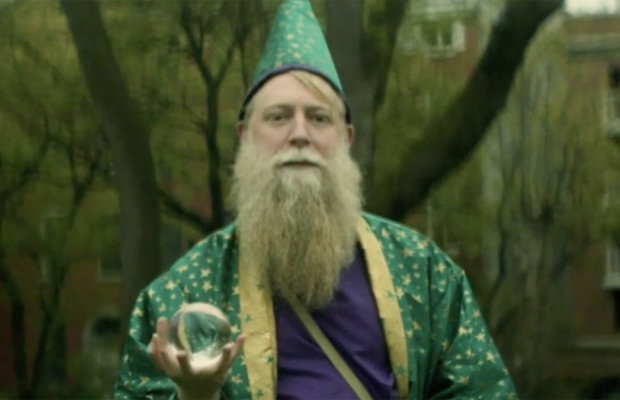

You must be logged in to post a comment Login